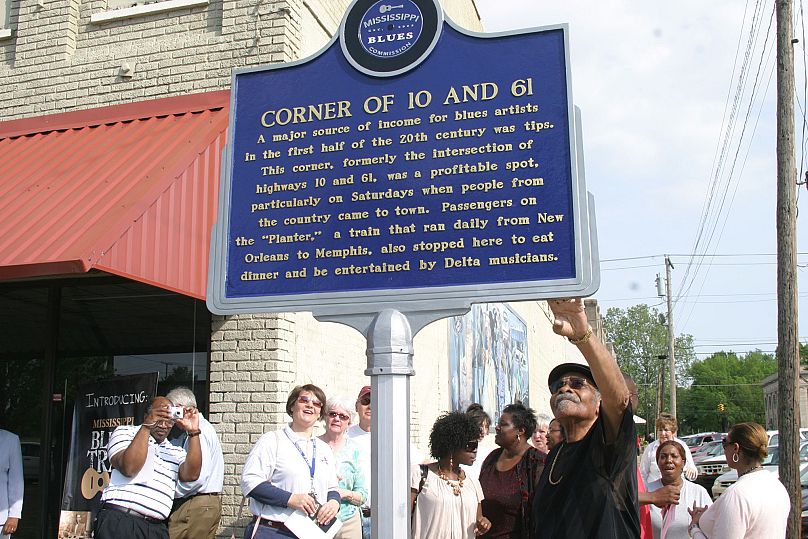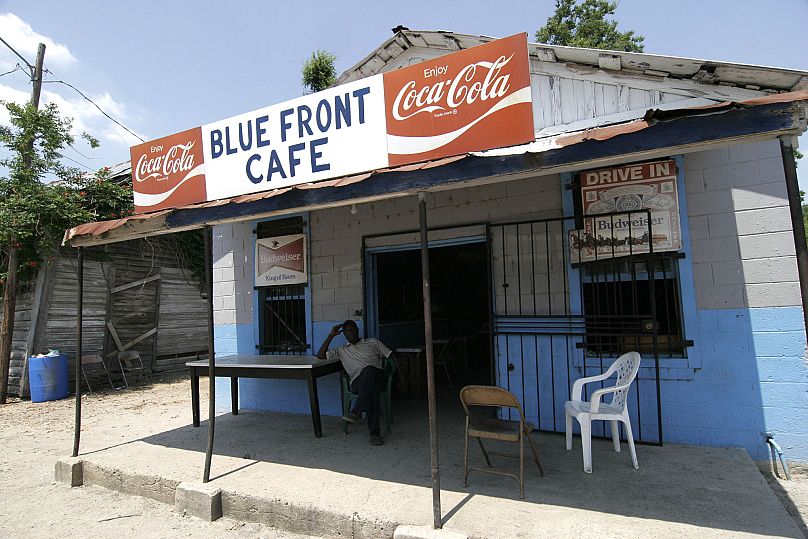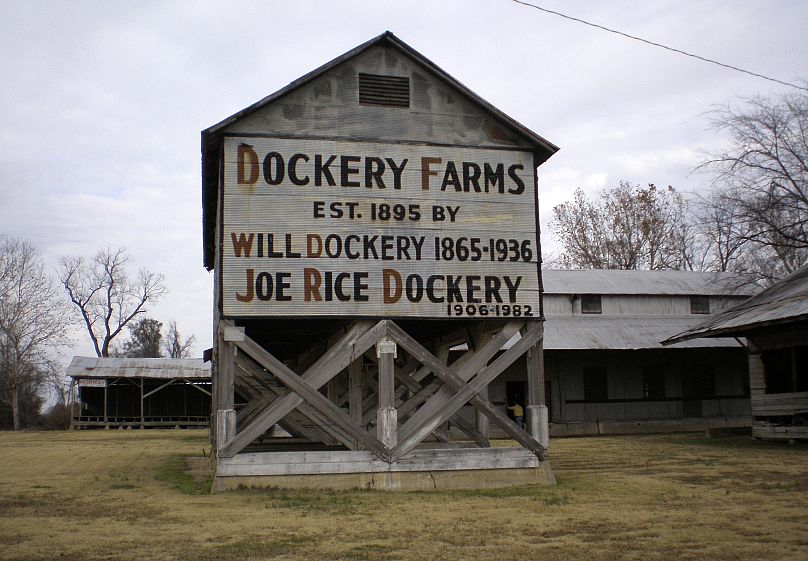Do you know why they call it the blues? The Mississippi Blues Trail tells the story of how a genre began. Here are must-see stops to help ensure you soak in as much blues history as possible.
Blues music tells the story of the hardships of life in the Mississippi Delta.
On this vast plain where Black Americans were worked as former enslaved sharecroppers and cotton farmers, the genre of blues music was born.
The flat notes and experience-based lyrics grew from gospel music - or ‘spirituals - that told the story of Black resistance, as well as from work songs and tunes in the dance halls workers would frequent.
From the churches, fields, and entertainment venues where the bonds of community were formed, blues music spread to street corners, drinking halls and so-called ‘tent tours’. It later took over the USA through the Great Migration of African Americans from the rural South to the industrialised North and West, spawning genres like jazz and rhythm and blues in the process.
A direct line can be drawn from blues artists like Ma Rainey, to the legendary B.B. King to the R&B stars of today.
The origins of the blues are shared on the Mississippi Blues Trail.
Here, you can see where the blues began, from its humble beginnings on a cotton plantation to glitzy hotels and music halls.
Join us on a journey to the most important stops on the trail.
Highway 61
Stretching from New Orleans to Minnesota, the stretch of Highway 61 that traverses the Mississippi Delta is a treasure trove of blues history.
The harsh reality of daily life on this floodplain bred a genre of music that tells the tale of creativity being born from struggle. Artists like Bob Dylan directly reference Highway 61 in their music, but the route is widely known for the blues musicians it has bred.
Artie “Blues Boy” White, Little Joe Blue, Milt Hinton, Papa Lightfoot, and Scott Dunbar all grew up along and around Highway 61.
As you soak up this totemic site in the history of music, you can also access other sites along the Blues Trail like the site of the former Rhythm Night Club and Charley Patton’s grave. A popular spot along Highway 61 is the so-called Devil's Crossroads made famous by the Robert Johnson song “Cross Road Blues”.
According to blues folklore, Johnson allegedly made a Faustian bargain on this spot when he traded his soul with the devil for fame and success. It’s a deal made all the more believable by the haunting setting in which it was struck and the mystery that shrouds Johnson’s life. The musician had no birth certificate and there are only three surviving photographs of him, ironic given that the Devil’s Crossroads is now a popular selfie-spot for tourists.
Blue Front Cafe, Bentonia
In an unassuming, windowless cinder block building, you’ll find the oldest active juke joint in the state of Mississippi.
Blue Front Cafe was opened in 1948 when it served bootleg corn whiskey to farmhands working the cotton fields of Bentonia, and it stayed in business through the U.S. civil rights movement and is still in operation today.
It’s currently run by Jimmy “Duck” Holmes, son of the place’s first owners. Holmes, who was nominated for a GRAMMY for his album Cypress Grove in 2019, still occasionally performs alongside other acts in spontaneous performances before walls lined with fading pictures of blues legends.
Dockery Farms, Cleveland
It’s difficult to know where the blues originally emerged, but some say its birthplace was Dockery Farms.
This farm, which at one time housed 400 families, was home to Charley Patton who went on to become one of the world’s most beloved blues musicians. Here, Patton learned the love and skill of music from his neighbour Henry Sloan, recorded “Down the Dirt Road Blues” and “Shake it and Break It,” and picked up many of the anecdotes that are told in his songs.
The swampy woodland-turned-cotton fields are thought to have acted as the bedrock of the blues due to Patton’s later fame and influence on other musicians, including Howlin’ Wolf and Roebuck “Pop” Staples who went on to perform in the Staples Singers.
Elvis Presley’s Birthplace, Tupelo
Elvis may be known as the King of Rock ‘n’ Roll, but his childhood home is memorialised on the Blues Trail.
Prior to moving to Memphis where the “Hound Dog” singer made his name, Elvis’s family lived in Tupelo, Mississippi. The family’s story is emblematic of the Great Depression. After borrowing $180 to build a two-roomed wooden home, they eventually fell victim to foreclosure by their lenders.
Now you can visit the place where it all began, restored to its former state.
At Elvis’s Birthplace, you can immerse yourself in the atmosphere in which the King first listened to blues music. Meanwhile, the Assembly of God church where Elvis first heard gospel music has been transported to the site to complete the telling of the famed talent’s musical origin story.
The Alamo Theatre, Jackson
Found in the heart of the Farish Street Historic District in Jackson, the Alamo Theatre was at one time an integral part of Black culture in Mississippi.
The Alamo was mainly a movie theatre, but it was also famous for highlighting local talent and providing them with a stepping stone to recording contracts through music competitions. This is where pianist Otis Spann started out, as well as vocalist Dorothy Moore who went on to release “Misty Blue” and “I Believe You.”
Nearby, you can also check out plaques at the King Edward Hotel, which once housed celebrated blues recording studio and record label Trumpet Records. It is also where Bo Carter made records.
Queen City Hotel, Columbus
As the former cornerstone of the thriving African American business district of 7th Avenue North, the Queen City Hotel has played host to many of the music greats we still recognise today.
Started up by a former enslaved Black American named Robert Walker, the Queen City Hotel has hosted performances by Duke Ellington, and its ballroom was also the surrogate home of famous band the Rhythm Kings.
Although the building has been demolished and the area fell into decline after desegregation, the site now draws thousands of visitors every year for the 7th Avenue Heritage Festival.















